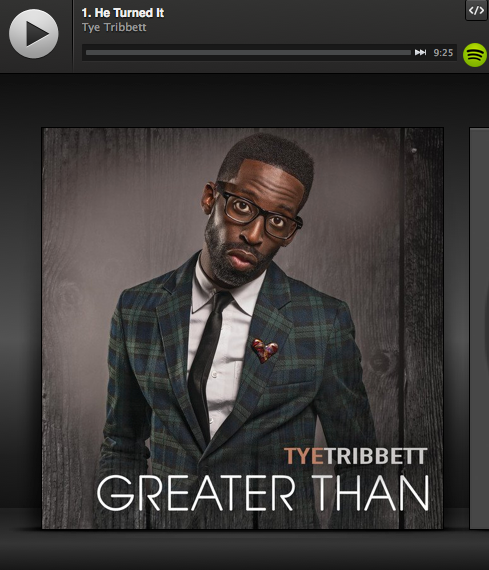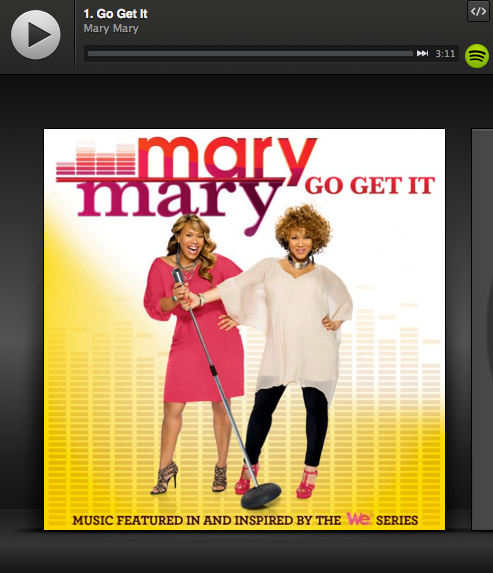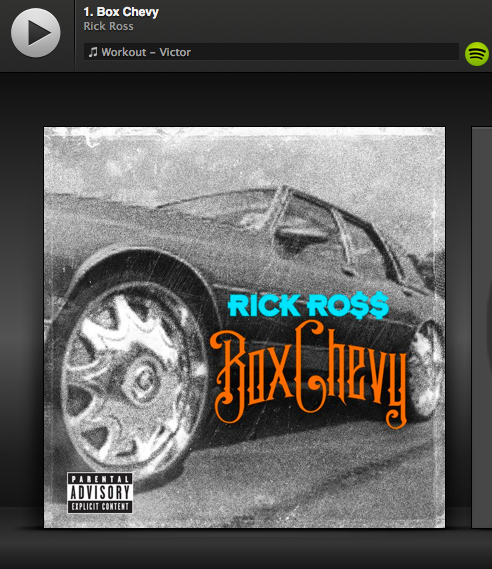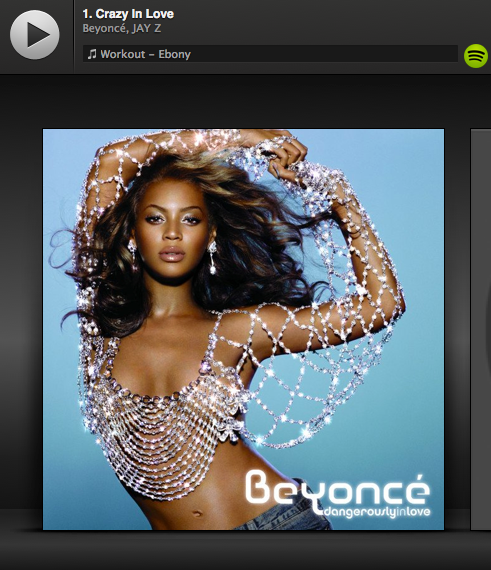BlogSpot

October 13, 2013
Joint Blog with a Friend
My very good friend Julian and I, went to an on-campus HIV/STD free testing event (9/27/13). Upon walking into the room, we both just knew it would have been a packed room of individuals curious of their status. Boy, were we wrong. We could literally count on just two hands how many people were in there just during the time span we were there, which was almost an hour. I can only speak for myself but I was completely disappointed in the turn out. Why the stigma with getting HIV tested? Why weren’t a huge number of individuals there?
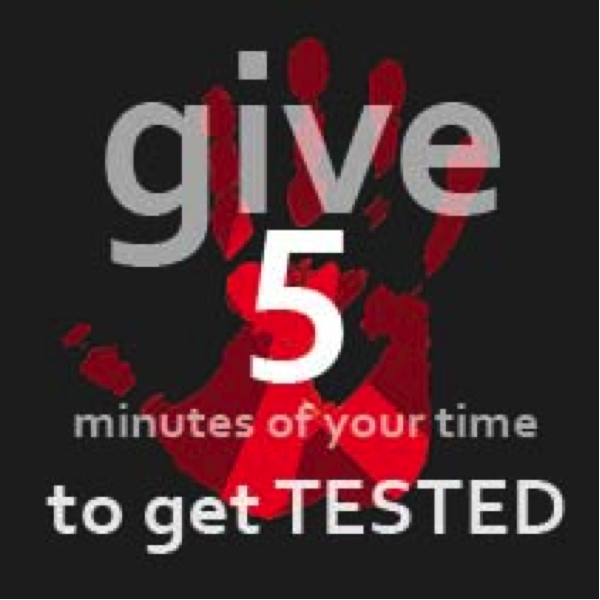
Granted, I have no idea how well this event was advertised but in the event that some entity is offering FREE testing, I just feel as though people should come out in numbers. I don’t know about you but I choose free over $60+ any day. Ok but back to my question, why the stigma? Julian and I discussed going to get tested prior to actually going and for some reason hesitated in doing so. I will be the first to admit, that at first, I was really scared. Scared to know. Scared to have to deal with. I honestly and truly believe that along with the previous listed, people just don’t want to be seen getting tested, but why not??? Please be reminded that this is just my opinion, but I respect an individual for knowing their status versus playing Russian roulette with not only their life and health but with others as well.
By: Julian Cobb
It still blows my mind that people would pass up an opportunity to get tested for FREE. This generation can stay in tune with the latest music or even spend time scrolling down their Instagram timeline but can’t take a few minutes to partake in something that can dramatically impact their lives. I understand that people may feel intimidated or just scared of not going because they fear what the results might say. I was always taught that fear is nothing but false- evidence- appearing- real. Going to get tested with a friend, just like I did with Keiara, is a good way to ease that anxiety. It is better to know for yourself than to keep wondering “what if”. Too often people are concerned about what others think of them. Quite frankly, knowing that you got tested might encourage someone else to do the same. Never underestimate the power that resides within you because I guarantee that somebody is watching. The question is what do you want them to see? You taking the initiative to get tested or being passive because of fear? Fear is only what you make it. You have control over your thoughts so choose to be positive and know your status.
Ever since we went to get tested, we’ve truly been playing the waiting game but it has been on my heart and mind that people really hate to talk about HIV/STDs, really don’t want to get tested out of sheer fear. We encourage and challenge you to get tested, know your status, and then encourage others to do the same. I’m very glad that I…we went to get tested. We’re friends. We hold each other accountable.
Share

October 06, 2013
Think before you say, act, and do!
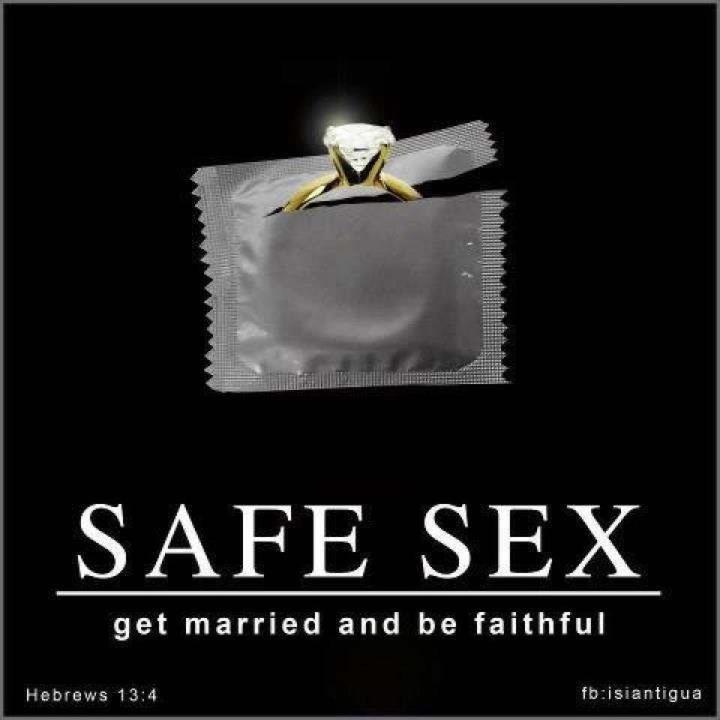
I recently attended a program on my campus, which focused on discussing various “hot topics” that affect college students. The topics discussed including: Sex, Relationships, Voting, Religion, and Social Media.
What age is it appropriate to start having sex?
Though many of the topics discussed were interesting, one particular topic stood out to me—What age is it appropriate to start having sex? At first I was appalled. I never knew there was an appropriate age for sex. And if there was, what made that age, the right age?
The answers included: 13, before you go to college, when you’re married, and when you are ready to deal with the consequences.
As I sat in my seat, I began to listen to what others had to say. The answers included: 13, before you go to college, when you’re married, and when you are ready to deal with the consequences. For a moment, I felt embarrassed and hurt that peers thought this was an acceptable topic to discuss. I couldn’t believe what I was hearing.
Whether I agreed with some of the answers or not, I didn’t want to participate in a discussion that could potentially affect how another individual could make a decision when it comes to sex. Don’t get me wrong, I believe in educating my community about safe sex, but I think it’s important for people to know how much influence they could have on a person.
Whether or not I had an opinion on the topic, I made sure to keep it to myself. I didn’t want my opinion to influence someone else to make an irrational decision about sex. With that said, I think people should realize that we live in a society that most learn by example. And by that topic being discussed, we are saying its okay to assign sex to an age. And if you see nothing wrong with that, than maybe we as people need to evaluate ourselves. From this one experience I learned a valuable lesson: Think before you say, act, and do!
Follow us at tumblr.myhealthimpactnetwork.org (Tumblr)
Follow us on Twitter @myhealthimpact
Share

September 07, 2013
Too Much of a Good Thing can be a Bad Thing: Serving Sizes
It’s no secret, I gained a few pounds this summer and I’m sure I’m not the only one. So you’re asking what am I going to do now? What is my plan of action to get this weight off and get back in shape? I feel like a huge part of fixing anything is being observant of what it is that you’re doing wrong. I know exactly what I’m doing wrong and it’s completely ignoring how much I’m eating; portion sizes.
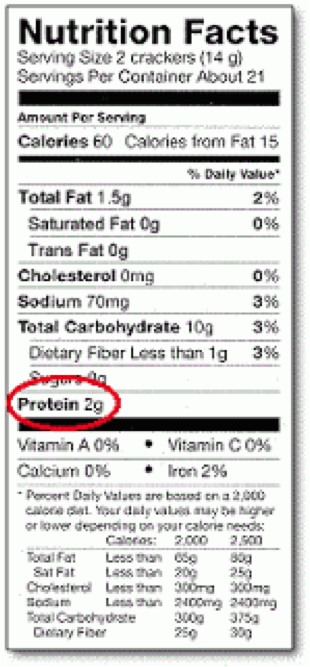
I don’t think many of us realize that we eat way more than what is suggested on the back of the box or container. If you’ve never looked and tried, I honestly think many would be surprised and still hungry. I can’t lie, it was really a shock to my body and mind because I would eat the suggested amount and my mind would say “That’s it?!?” while my stomach seemed to look at me for more. While you may think that the whole bag is what you should eat in one sitting, it’s really only like five or six.
I believe that a huge part of being healthy and getting fit is eating right. What good is eating the right things but too much of it? It sounds like purpose defeated to me. Not only am I challenging myself but I’m also challenging everyone reading this post to get it right with me. Take the time to look at the label; the amount of sodium, carbs, and the serving size. Look at the suggested serving sizes, eat just that accordingly and let’s get fit together.
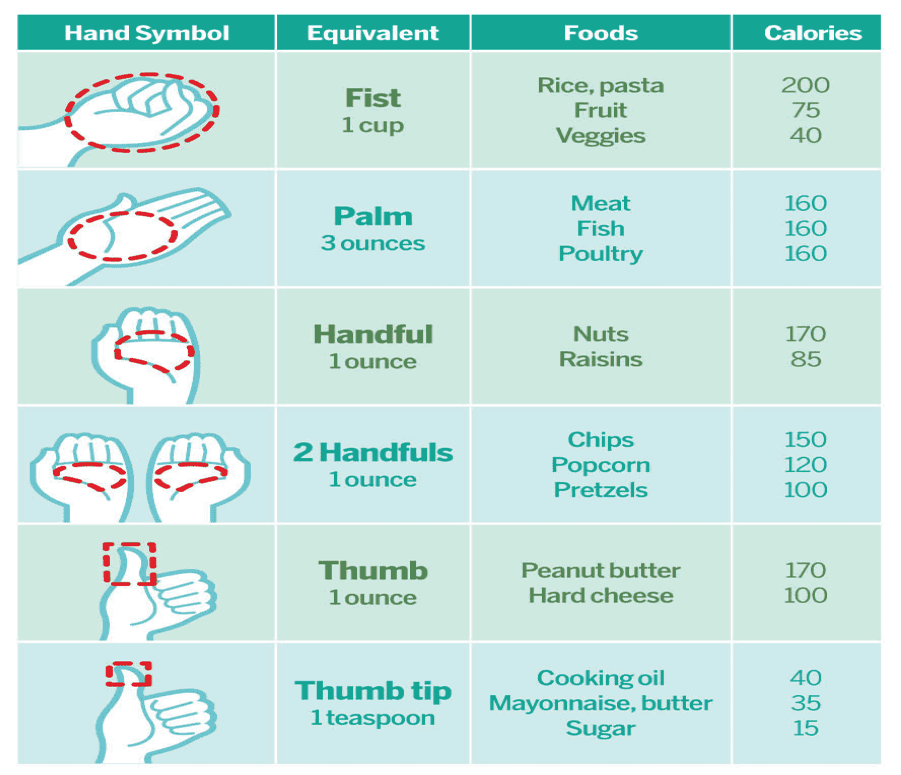
Follow us at tumblr.myhealthimpactnetwork.org (Tumblr)
Follow us on Twitter @myhealthimpact
Share

September 07, 2013
College Life
The first full week of class just concluded for students who attend NC State. Bombarded with syllabuses and numerous homework assignments, just the mere though of school can become overwhelming. While schoolwork is the premiere focus, it’s important to find a balance between school life and your own personal life. As a current senior, these are three things things I would recommend to any college student:
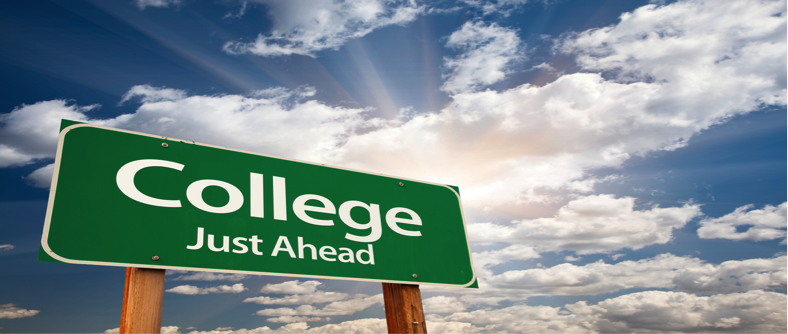
- Plan ahead- Calendars are extremely important. It is good to map out all of your homework assignments and exams ahead of time. By doing this, you can plan your studying accordingly.
- Prioritize what is important- As a student, you can be eager to join many clubs and organizations on campus. Though this may be a good thought, it is important to keep in mind your schoolwork, which ultimately comes first. Don’t over obligate yourself and think that you have to join every organization there is. Joining a few organizations and obtaining leadership roles is more important than just being a member in many organizations.
- Do not stress- College is supposed to be an enjoyable time. As many people say, this is the best time of your life! This is also a time that you can never get back. At this point, many college students don’t have bills to worry about. We have the chance to travel and experience the world while we don’t have any more obligations besides school.
Follow us at myhealthimpactnetwork.org/blog (Tumblr)
Follow us on Twitter @myhealthimpact
Share

August 28, 2013
Unconscious Bias and Your Health
Almost one year ago, I presented to a group of black female college students on the topic, “You Ain’t Crazy: It’s Your Mental Health”. The sisters wanted to have a frank discussion around dealing with the stress associated with day-to-day issues, such as matriculation at a predominately white institute, culture, family, sexism, racism and how life plays out. Responding to the pressures of it all, one student was asked why did she seek help with her issues, and her response was simple: “to make sure that I don’t go crazy”. One point of frustration highlighted by these students was the interplay between perception and reality. There was the constant practice of second guessing their decisions, particularly scenarios dealing with race and culture. After all, who wants to read more into a situation than is there? You know the questions: “Did he mean to say that? What does he mean? How should I take what was said? How would you perceive that?”
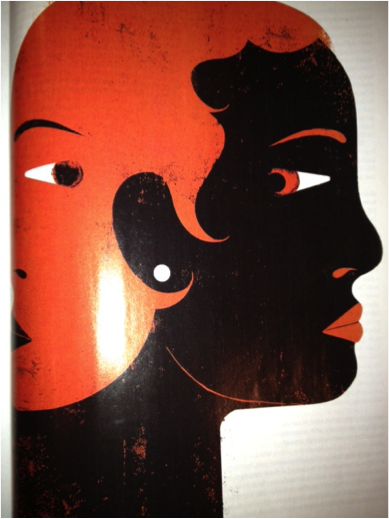 Reading the situation is a complicated topic, or is it? Dr. David R. Williams, professor of sociology and public health, discusses the topic of unconscious bias in the lives of Black Americans in the September 2013 issue of @essencemag. The two-face depiction captures the article’s title, “No, You’re Not Imagining It”. Williams offers a myriad of scenarios that often causes pause. That is, as a Black person, “Is this really happening to me?”. The element of surprise can grip Black folks though the bias imparted by whites can be unintentional. Yet, the outcome or reality of the scenario can have a profound effect on the recipient. Scholars define unconscious bias as the understanding that people can consciously believe in equality while simultaneously acting on subconscious prejudices they are not aware of.
Reading the situation is a complicated topic, or is it? Dr. David R. Williams, professor of sociology and public health, discusses the topic of unconscious bias in the lives of Black Americans in the September 2013 issue of @essencemag. The two-face depiction captures the article’s title, “No, You’re Not Imagining It”. Williams offers a myriad of scenarios that often causes pause. That is, as a Black person, “Is this really happening to me?”. The element of surprise can grip Black folks though the bias imparted by whites can be unintentional. Yet, the outcome or reality of the scenario can have a profound effect on the recipient. Scholars define unconscious bias as the understanding that people can consciously believe in equality while simultaneously acting on subconscious prejudices they are not aware of.
Williams and other public health scholars have determined that the outcome is not a mere sense of challenge of the parts of Black people. As noted in the Essence piece, someone who 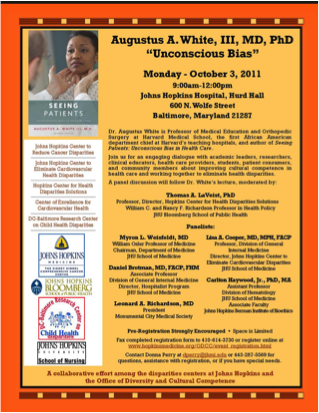 fosters and imparts racial prejudices can do so implicitly; though often automatic, the unconscious bias behavior leads to differential treatment – without effort. Unconscious bias influences the lives of Black people in the form of employment (hence, economic), educational and yes, health and health disparities – albeit heart disease, hypertension, diabetes, obesity, engagement in sexual risk behaviors and depression. While the scenarios offered by Dr. David R. Williams represent every day life as we move about, the resulting questions are commonplace but thought-provoking: “Do you see me? “, and if you do, “how do your see me? In health care, public health scholars ponder the same questions. The relevance here is how you see me starts the dialogue of how your treat me as a person and as a patient.
fosters and imparts racial prejudices can do so implicitly; though often automatic, the unconscious bias behavior leads to differential treatment – without effort. Unconscious bias influences the lives of Black people in the form of employment (hence, economic), educational and yes, health and health disparities – albeit heart disease, hypertension, diabetes, obesity, engagement in sexual risk behaviors and depression. While the scenarios offered by Dr. David R. Williams represent every day life as we move about, the resulting questions are commonplace but thought-provoking: “Do you see me? “, and if you do, “how do your see me? In health care, public health scholars ponder the same questions. The relevance here is how you see me starts the dialogue of how your treat me as a person and as a patient.
As I reflect on recent life circumstances, I ponder my own moments of unconscious bias experiences. There I am in the supermarket as I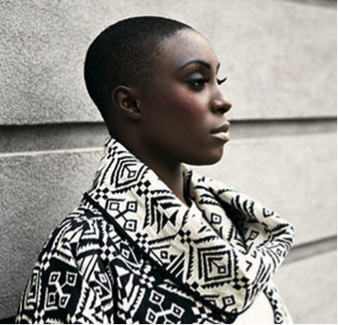 shop for the next family dinner. The checkout clerk pauses, looks and proceeds to ask me: “Why is your hair so short? Are you a cancer patient, or are you making a statement?” Now, the picture shown here is not I, but the style is one that I own. I am not making a statement nor am I a cancer patient. The politics, bias and perceptions of Black hair, particularly for Black women, is a subject reserved for a read of Dr. Lynette Kvasny’s blog, Black Women’s Love Affair with Hair”. Yet, the very question and judgment (“or making a statement, cancer patient) speaks volumes. My response to the clerk was “what if I am a cancer patient?” His apologetic comments followed as I completed my transaction.
shop for the next family dinner. The checkout clerk pauses, looks and proceeds to ask me: “Why is your hair so short? Are you a cancer patient, or are you making a statement?” Now, the picture shown here is not I, but the style is one that I own. I am not making a statement nor am I a cancer patient. The politics, bias and perceptions of Black hair, particularly for Black women, is a subject reserved for a read of Dr. Lynette Kvasny’s blog, Black Women’s Love Affair with Hair”. Yet, the very question and judgment (“or making a statement, cancer patient) speaks volumes. My response to the clerk was “what if I am a cancer patient?” His apologetic comments followed as I completed my transaction.
Case 2: I had a medical procedure done which was a high stress experience . The waiting for the test results was heave, scary and a prayerful time. During the film read with a physician, I stated aloud” “the mass has a meniscus”. To which the physician replied, “how do you know that? How do you know meniscus? How do you know this? This surprises me”. His surprise momentarily precluded the focus on my medical care. My simple reply to his disbelief was “Chemistry 101 Lab and can we focus on my health”.
Then, there is the unconscious bias imparted in the workplace, the unconscious 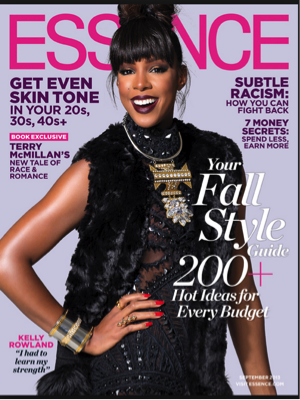 organizational impact. This level of bias creates an organizational culture that permeates bias rather intentional or unintentional. This mini-me culture can reinforce bias. This can create personal stress particular in hostile workplace environments. The “I understand; I am sorry”, conjectures do little to offer individual support or reduce health stressors. As one sister indicated in that August 2013 session, “Don’t let them steal your joy”.
organizational impact. This level of bias creates an organizational culture that permeates bias rather intentional or unintentional. This mini-me culture can reinforce bias. This can create personal stress particular in hostile workplace environments. The “I understand; I am sorry”, conjectures do little to offer individual support or reduce health stressors. As one sister indicated in that August 2013 session, “Don’t let them steal your joy”.
As Dr. David Williams offers in the @essencemag article, there are others ways to confront these scenarios. Taking care of your health tops his recommendations. Be resilient, and visualize positive outcomes. Breathe. Pause. For as much I share this advice, am I talking to myself? Yes, constantly. After all, it is my (@myhealthimpact) physical and mental health to protect.
Share

August 18, 2013
Black Women’s Love Affair with Hair
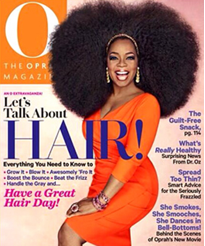
Black women’s hair is a miraculous thing! Naturalistas sporting fabulous afros, twists, plats, braids, and locs. Bold sistahs rocking close-cut fades and TWAs. Sophisticated ladies wearing sleek perms, extensions, and weaves. Long or short, kinky or straight, black hair don’t care. To keep our diverse hairstyles tight, Black women spent nearly half a trillion dollars on hair care in 2011! Oprah Winfrey rocks a fierce, 3lb afro wig on the cover of her August 2013 magazine’s issue on hair.
This is part of a long tradition of Black women’s love affair with their hair. In the early 1900’s, Sara Breedlove, popularly known as Madam C.J. Walker, became the first female self-made millionaire in America. She amassed her fortune inventing wildly popular African American hair care and cosmetic products. Her company also trained sales beauticians known as “Walker Agents” who went out into Black communities and promoted Walker’s philosophy of “cleanliness and loveliness”.
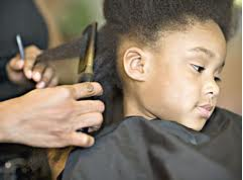
Today, changing hair is simply a fashion statement for some Black women. Just like changing clothes, we can wear a curly fro on Monday and slick our hair back into a bun on Tuesday. This styling versatility is a hallmark of black women’s beauty, and learning how to care for our hair is an important cultural practice. Many of us have fond (and not so fond) memories of having our hair wash, detangled, braided, pressed, and otherwise cared for by our mothers, aunties, grandmas and girl friends. Hair straightening was a rite of passage for most Black women. While younger women know all about the flat iron, those of us from the old school will recall getting our hair straightened (and ears singed) with lots of grease and a sizzling hot comb in the kitchen. Yet, we all remember those trips to the beauty salon where we listened in amazement as to the grown folks talked while we got our hair done.
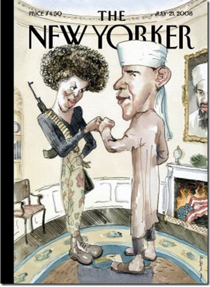 Black women may also style their hair for purely functional purposes. Perhaps we splurge and get long silky extensions for a formal affair like our sister’s wedding. Or in the summer time, we may wear hassle-free microbraids for a vacation at the beach. When we are short on time or have to meet the demands of work or school, perhaps we go in for “the big chop” or loc our hair to achieve an easier to maintain style that reduces or even eliminates trips in the beauty salon. With the growing natural hair movement, some black women are asking if we are seeing the end of the Black beauty salon culture.
Black women may also style their hair for purely functional purposes. Perhaps we splurge and get long silky extensions for a formal affair like our sister’s wedding. Or in the summer time, we may wear hassle-free microbraids for a vacation at the beach. When we are short on time or have to meet the demands of work or school, perhaps we go in for “the big chop” or loc our hair to achieve an easier to maintain style that reduces or even eliminates trips in the beauty salon. With the growing natural hair movement, some black women are asking if we are seeing the end of the Black beauty salon culture.
Sometime we style our hair in its natural state as self-affirming statement of racial and cultural pride, for ease of maintenance, or as a healthy choice. However, even as more women choose to where their hair naturally, it is still largely seen as socially unacceptable.
Even the FLOTUS can’t escape public scrutiny of her hair choices. One of my favorite online comment: "Girl, ain't no braids, twists, afros, etc. getting into the White House just yet ... LOL." Ya’ll remember the New Yorker cover that depicted Michelle with an afro and a rifle? When a naturallycurly.com web poll asked if the U.S. was ready for a first lady with natural kinky hair, 56% of respondents said “no”. Indeed, Michelle Obama’s hair carries a lot of cultural baggage.
So here we are in 2013 and Black women’s hair remains politicized! Sistahs on the job market still wonder aloud if the texture or style of their natural hair will prevent them from being hired. Only women with long silky hair need apply? Sistahs are also being told by Glamour magazine that “political” hairstyles like locs and afros are considered inappropriate in some places of work. Rhonda Lee, a Black female meteorologist, was fired from her job on a Louisiana TV station after publicly defending her ethnic hair. Black women, including Solange Knowles, have had TSA security guards demand to search their natural hair before boarding the plane. (I’ve also had my own “flying while naturally Black” experience when I had my locs in an up-do while boarding an airplane). Incidents such as these inspired MSNBC correspondent Melissa Harris-Perry devoted a 3-minute “teachable moment” segment and panel discussions on the politics of Black hair.
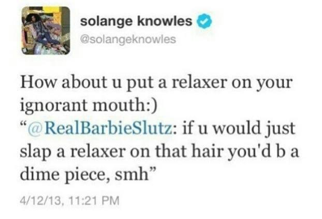 When Black women choose to maintain their hair naturally, they get cultural pushback. Strangers will literally come up to you and ask, “Can I touch your hair?” Sometimes they will even disregard your personhood and just touch your hair. People will also criticize you for having “nappy hair” and feel like they have the right to tell you to change your look. Just ask Solange Knowles, who had to call out this nonsense in a Twitter exchange. People with no couth may even ask if your hair is real if you have grown long hair because they are accustomed to the notion that Black women wear weaves and fake hair pieces.
When Black women choose to maintain their hair naturally, they get cultural pushback. Strangers will literally come up to you and ask, “Can I touch your hair?” Sometimes they will even disregard your personhood and just touch your hair. People will also criticize you for having “nappy hair” and feel like they have the right to tell you to change your look. Just ask Solange Knowles, who had to call out this nonsense in a Twitter exchange. People with no couth may even ask if your hair is real if you have grown long hair because they are accustomed to the notion that Black women wear weaves and fake hair pieces.
Black women with chemically relaxed and straightened hair also experience cultural abuse. They are criticized for trying to “look white”, taking the easy road, or conforming to a white aesthetic. Chris Rock and HBO films produced the documentary "Good Hair” in 2006 to explore why Black women hold straight long hair as the prevailing beauty ideal. Four years later, Tyra Banks makes national news when she announces on Twitter that she is going weaveless during the next season of America’s Next Top Model. Permed hair and weaves are waning in popularity as a growing number of Black women transition to natural hair styles.
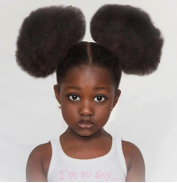 These types of cultural push back take a toll on all of us. Hair does not mean the same thing to white women as it does to Black women. For us, the cultural weight and social value of straight hair is very strong. Mental health experts routinely counsel Black women on hair issues that negatively impact self-esteem and body image. Black women can find strength and support by engaging with one of the many online communities devoted to Black women’s hair. Madam Noire offers a list of hair blogs for natural sistahs who need support. Also be sure to read through the comments for additional recommendations. Check out Tumblr and Pinterest as sources for inspirational images and videos. A simple search on YouTube will get you connected to “how to” videos on twist outs, transitioning from relaxed to natural hair, Marley braids, wash-n-go styles, bantu knots, straightening hair without heat, and a many other styling techniques. You can also direct your culturally uninformed coworkers and friends to CNN’s natural black hair etiquette guide on its website.
These types of cultural push back take a toll on all of us. Hair does not mean the same thing to white women as it does to Black women. For us, the cultural weight and social value of straight hair is very strong. Mental health experts routinely counsel Black women on hair issues that negatively impact self-esteem and body image. Black women can find strength and support by engaging with one of the many online communities devoted to Black women’s hair. Madam Noire offers a list of hair blogs for natural sistahs who need support. Also be sure to read through the comments for additional recommendations. Check out Tumblr and Pinterest as sources for inspirational images and videos. A simple search on YouTube will get you connected to “how to” videos on twist outs, transitioning from relaxed to natural hair, Marley braids, wash-n-go styles, bantu knots, straightening hair without heat, and a many other styling techniques. You can also direct your culturally uninformed coworkers and friends to CNN’s natural black hair etiquette guide on its website.
Sadly, our baby girls also face these hair and self-esteem issues. Just this year, for instance, there was an incident where a school in Ohio attempted to ban afro puffs and small twisted braids. If you’re in need of support, Sesame Street produced a much talked about song, “I love my hair”, to help young Black girls feel positive about their hair. And Amazon.com has a list of Black children’s hair books available for purchase. There are also blogs, YouTube channels and other websites devoted to caring for Black girl’s hair.
Whether you’re curly, kinky, loc’d, or straight, it’s all good hair sistahs!
Follow us at tumblr.myhealthimpactnetwork.org (Tumblr)
Follow us on Twitter @myhealthimpact
Share

August 11, 2013
Stress LESS
As humans, we tend to let our busy lives take over and we sometimes forget about our health. Taking care of ourselves physically and mentally is vital so we can live longer and stronger! Here are a few tips on how you can stress down:
SLEEP
Caring for children, a household, work, marriage, etc may leave you very little consideration for sleep. We may think we are super heroes and are able to keep busy off of no sleep; however your body thinks otherwise. It is extremely crucial that adults to get AT LEAST 6 hours of rest (preferably 8 hours). An energized adrenaline system goes a long way when it comes to stressing less.
EAT
As you know, you need nutrients at all times in order to regulate your brain and satisfy your body. Experiencing stress may lead you to over eat or not eat at all, both negatively impacting your health. Make sure you remember to eat smaller sized portions throughout the day and make healthy choices!
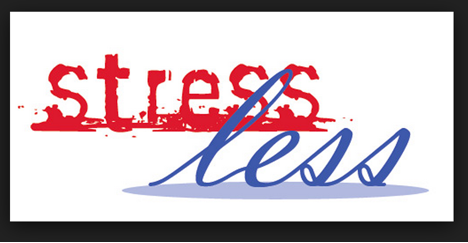
RELAX IN SILENCE
You may or may not have thought about it but too much noise may stress you out. Chaos and loudness commonly confuses the brain and often moves you to “shut down”. Take time(s) out of your day to have ME time: no external voices, outside noise or physical activity.
HAVE FUN
Do not let work or unfortunate life situations be the end of the world! Be blessed that you are here to see another day and realize someone else always has it worse than you. Understanding that you may want to be there for others, but you have to remember yourself and your health FIRST! Every once in a while go out and enjoy whatever activity makes you happy and do it with the people that you love most.
Follow us at tumblr.myhealthimpactnetwork.org (Tumblr)
Follow us on Twitter @myhealthimpact
Share

August 05, 2013
In The Midst of Transition…
After graduation, I was so excited for the next chapter of life. Moving back home to be a UX freelancer and IT consultant seemed like a perfect fit. That is, until I got a call from Google notifying me of a new job opportunity down in Charleston, SC. Within 3 weeks I would have to relocate to another city, find a place to call home, and establish a new routine. As soon as I got settled in, the more I realized what things needed to get done. My to do list of household items, updating family and friends, and learning street names soon became the norm. And then it hit me, by body was taking a pounding because of an unhealthy work life balance.

“I had no excuse, everything was open 24 hours and here I was running around in a circle trying to catch my tail”.
After a long conversation with my mom, she would go on to encourage me to in the midst of transition take time for myself. Luckily for me, my employer also agreed by fostering healthy decision making and embedding it into the company culture. At work, there are several café stations where employees can gather to eat free food and have conversations, as well as snack rooms stocked with goodies ranging from candy to healthy foods like carrots and yogurt. Being in an environment where I was provided healthy options helped ease me into taking my daily nutrition more seriously.

Now a month in, I am excited to establish a new routine that not only includes well-balanced meals but also physical activity. My gym bag is already packed for tomorrow's workout and although the excitement will eventually wear off, I am determined to put my health back at the center of my life.

Follow us at tumblr.myhealthimpactnetwork.org (Tumblr)
Follow us on Twitter @myhealthimpact
Share

July 30, 2013
Why I Joined the MyHealthImpact Team
It seems like yesterday that I was sitting in Dr. Payton’s Information Systems Management Class alongside my friend, Keiara Morris. I was immediately intrigued when I noticed that Dr. Payton and I shared the same last name “Cobb”. Not many people have Cobb for a last name. After about the second week of class, I went and introduced myself at the conclusion of class. Dr. Payton, too, found it interesting that we shared the name, Cobb. If I can remember correctly, we began to ask where our families were from and made small talk from there.
As time passed, it became second nature for me to go speak to Dr. Payton after class. Keiara and I would go stop by her office hours after class just to chat, and that’s when Dr. Payton introduced me to myHealthImpact. I knew I wanted to become involved when Dr. Payton explained that the network’s strategy was “for-students-by-students”. In many instances, students don’t like to necessarily discuss health related issues that could affect them in everyday conversation. Since social media has become a mainstream of communication for many young adults, I believe this has been a successful way to inform students about the project. I’m looking forward to seeing the positive impact that myHealthImpact is going to make in the lives of college students.
Follow @myhealthimpact on Twitter and tumblr.myhealthimpactnetwork.org on Tumblr.
Share
Page 13 of 18 pages ‹ First < 11 12 13 14 15 > Last ›
In Partnership with: National Science Foundation
Take Action, Get Tested: Find Your Local Testing Center Why Get Tested?

